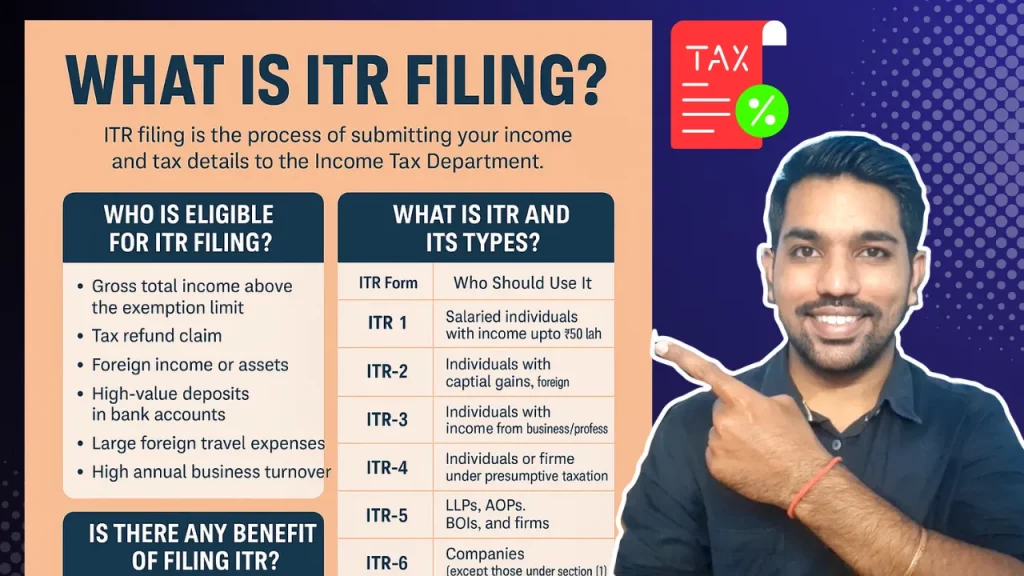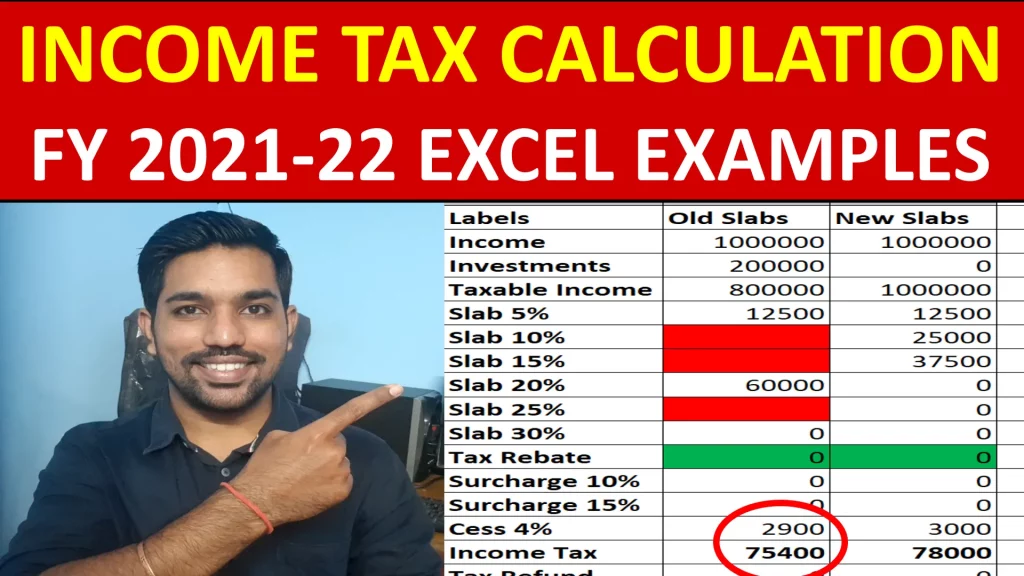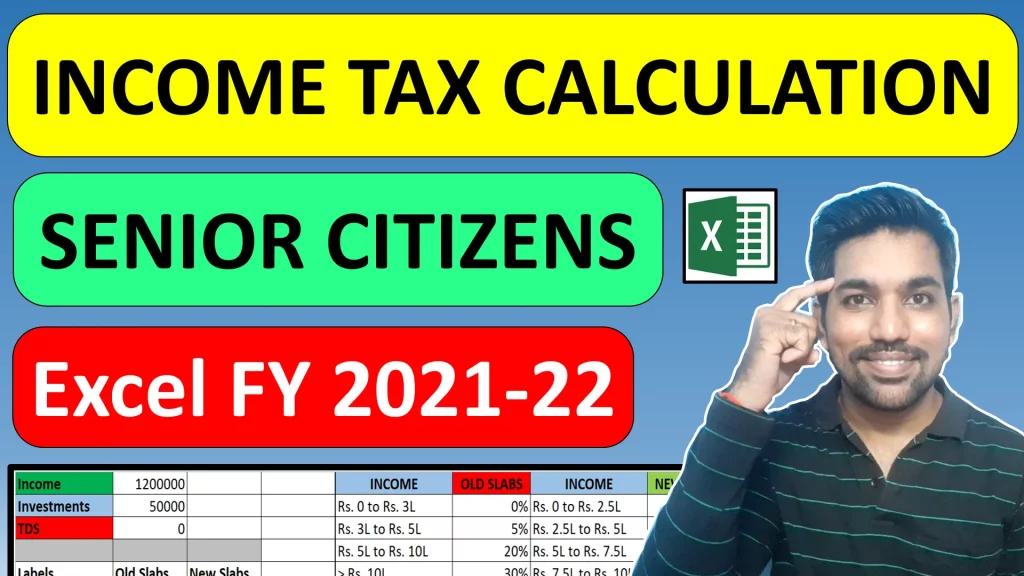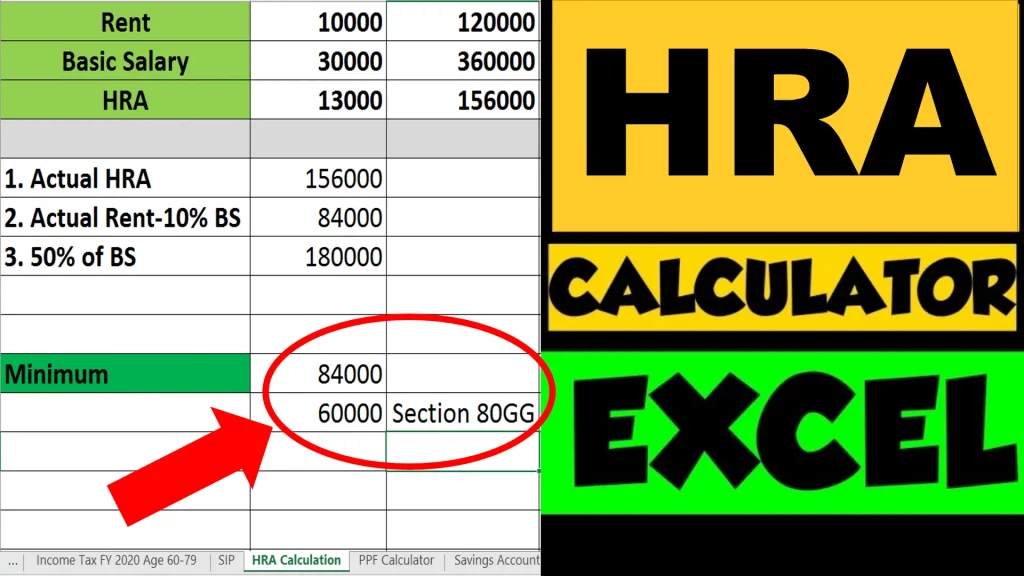Filing your Income Tax Return (ITR) might sound like a tedious task, especially if you’re new to taxes. But once you understand the basics, it becomes a powerful tool—not just for staying compliant with the law, but also for unlocking financial benefits like refunds, loans, and even visas. ITR filing must be done by those who’s income is more than 3 lakh in FY 2024-25 if they are opting for new tax regime, and for those who’s income is more than Rs. 2.5 Lakh if opting for old tax regime.
The last date to file ITR has been extended to 15th September 2025, and this is for (Assessment year) AY 2025-26, which is applicable for (Financial year) FY 2024-25 – this means the income you have earned between April 2024 to March 2025.
In this guide, we’ll break down what ITR filing is, who needs to file, its types, benefits, and whether it’s mandatory—all in simple, understandable language.
What is ITR Filing?
ITR filing is the process of submitting your income and tax details to the Income Tax Department of India. It’s like giving the government a summary of how much you earned, how much tax you paid, and whether you’re eligible for a refund. This is important in terms of being a responsible citizen of India and helping the government to maintain the infrastructure provided to you.
You file this using a form called an Income Tax Return (ITR). Depending on your income type and amount along with investments or deductions, you’ll use a specific ITR form (more on that below).
Who is Eligible for ITR Filing?
You must file an ITR if:
- Your gross total income exceeds the basic exemption limit which is mentioned below for different age groups:
- ₹3,00,000 (under new regime, all ages)
- ₹2,50,000 (under old regime, below 60 years)
- ₹3,00,000 (senior citizens, 60–80 years)
- ₹5,00,000 (super senior citizens, 80+ years)
- You want to claim a tax refund (even if your income is below the limit)
- You have foreign income or assets
- You deposited more than:
- ₹1 crore in a current account
- ₹50 lakh in a savings account
- You spent over ₹2 lakh on foreign travel
- Your TDS/TCS exceeds ₹25,000 (₹50,000 for senior citizens)
- Your business turnover exceeds ₹60 lakh or professional receipts exceed ₹10 lakh
Even if you’re not mandated to file, doing so can be beneficial. We will see the benefits of filing ITR below in this article.
Old vs New Tax Regime Which is Better? Video

Watch above video to understand which tax regime is better for you. Old tax regime is better for those who claim deductions while making investments, where as new tax regime is better since you will be paying less income tax as per the lower income tax slab rates for FY 2024-25
Let us now understand the types of ITR forms.
What are the Types of ITR Forms?
There are seven types of ITR forms. Here’s a quick breakdown:
| ITR Form | Who Should Use It |
|---|---|
| ITR-1 (Sahaj) | Salaried individuals with income up to ₹50 lakh, one house property, and no business income |
| ITR-2 | Individuals with capital gains, foreign income/assets, or income above ₹50 lakh |
| ITR-3 | Individuals with income from business or profession |
| ITR-4 (Sugam) | Individuals or firms under presumptive taxation (Sections 44AD, 44ADA, 44AE) |
| ITR-5 | LLPs, AOPs, BOIs, and firms |
| ITR-6 | Companies (except those claiming exemption under Section 11) |
| ITR-7 | Trusts, political parties, and institutions under Sections 139(4A) to 139(4F) |
For most salaried individuals, ITR-1 or ITR-2 is sufficient.
Watch below video to understand complete details of Types of ITR forms
Types of ITR Forms Video

Watch more Videos on YouTube Channel
Is There Any Benefit of Filing ITR?
There are multiple benefits of filing ITR. Even if you’re not legally required to file, here’s why you should:
1. Claim Tax Refunds
If excess TDS was deducted (e.g., on FD interest), you can only get it back by filing an ITR. So you have opened a Fixed deposit in bank, on which your interest amount is above the limit in which case TDS (Tax deducted at source) must be deducted by bank. But if your income is within basic exemption limits, you should file ITR to get your tax refund
2. Proof of Income
ITR serves as official income proof—especially useful for freelancers, self-employed individuals, and those without Form 16. So ITR that is filed can be showed as income proof for an individual.
3. Loan & Credit Card Approvals
Banks often ask for ITRs from the past 2–3 years when processing home loan, car loan or personal loans. So in terms of taking borrowing from banks, specially getting your home loan approved, you must have ITR filed for the last 2-3 years to get easy approval and discounts on processing fees as well
4. Visa Applications
Many embassies require ITRs to assess your financial stability, to approve for your VISA applications.
5. Carry Forward Losses
You can carry forward capital losses (e.g., from stocks) to offset future gains—but only if you file your ITR on time.
6. Avoid Penalties
Late filing can attract a penalty of up to ₹5,000 (₹1,000 if income is below ₹5 lakh). So it is better to file ITR if your income is above basic exemption limits.
Is It Mandatory to File an ITR?
Yes, in the following cases:
- Your income exceeds the basic exemption limit
- You meet any of the special conditions listed earlier (foreign travel, high deposits, etc.)
- You are a company or firm, regardless of profit or loss
However, even if it’s not mandatory, voluntary filing is highly recommended for financial transparency and future benefits mentioned above.
How to File ITR Online in 2025
Filing your ITR is easier than ever. Here’s a step-by-step:
- Register/Login on the Income Tax e-Filing Portal
- Choose ‘File Income Tax Return’
- Select the assessment year (e.g., AY 2025–26 for FY 2024–25)
- Pick the correct ITR form
- Fill in your income, deductions, and taxes paid
- Verify using Aadhaar OTP, net banking, or EVC
- Submit and download the acknowledgment (ITR-V)
ALSO READ: How to File ITR Online Step by Step Guide
Frequently Asked Questions (FAQs)
Can I file ITR if my income is below ₹2.5 lakh?
Yes, and you should—especially if you want to claim a refund on TDS deducted in banks or show income proof for taking loans or other requirements.
What happens if I miss the ITR deadline?
You can file a belated return by December 31st, but you may have to pay a late fee penalty. The last date to file ITR for FY 2024-25 is 15th September 2025.
Which ITR form should I use?
It depends on your income type. Salaried individuals usually file ITR-1 or ITR-2. ITR-1 when income is below 50 Lakh and ITR-2 in case of capital gains made in a financial year.
Is Aadhaar mandatory for ITR filing?
Yes, linking your PAN with Aadhaar is mandatory to file ITR. Mobile number linked to Aadhaar also helps in e-verifying the returns filed, which is an important step.
Can I revise my ITR after filing?
Yes, you can revise it before December 31st of the assessment year.
Conclusion
Filing your ITR isn’t just about taxes—it’s about building a strong financial foundation. Whether you’re a salaried employee, freelancer, or business owner, timely and accurate ITR filing can open doors to refunds, loans, and peace of mind.
So don’t wait until the last minute. Start gathering your documents, choose the right ITR form, and file your return confidently, which can be easily done online.
Some more Reading:
- Can you Retire Early with Rs. 1 Crore Corpus Amount
- How to Calculate Income Tax in India
- Bad Money Habits you should Avoid
Save Home Loan Interest Amount!
Use Home Loan Excel Calculator that will help you to Save Interest Amount on Home Loan EMI.
Click below button to download Home Loan EMI and Prepayment Calculator in Excel:
Watch how Home Loan Calculator in Excel Works
Income Tax Calculator App – FinCalC
For Income Tax Calculation on your mobile device, you can Download my Android App “FinCalC” which I have developed for you to make your income tax calculation easy.
What you can do with this mobile App?
- Calculate Income Tax for FY 2025-26 and previous FY 2024-25
- Enter estimated Investments to check income tax with Old and New Tax Regime
- Save income tax details and track regularly
- Know how much to invest more to save income tax
- More calculators including PPF, SIP returns, Savings account interest and lot more

Use Popular Calculators:
- Income Tax Calculator
- Home Loan EMI Calculator
- SIP Calculator
- PPF Calculator
- HRA Calculator
- Step up SIP Calculator
- Savings Account Interest Calculator
- Lump sum Calculator
- FD Calculator
- RD Calculator
- Car Loan EMI Calculator
- Bike Loan EMI Calculator
- Sukanya Samriddhi Calculator
- Provident Fund Calculator
- Senior Citizen Savings Calculator
- NSC Calculator
- Monthly Income Scheme Calculator
- Mahila Samman Savings Calculator
- Systematic Withdrawal Calculator
- CAGR Calculator
I’d love to hear from you if you have any queries about Personal Finance and Money Management.
JOIN Telegram Group and stay updated with latest Personal Finance News and Topics.
Download our Free Android App – FinCalC to Calculate Income Tax and Interest on various small Saving Schemes in India including PPF, NSC, SIP and lot more.
Follow the Blog and Subscribe to YouTube Channel to stay updated about Personal Finance and Money Management topics.





